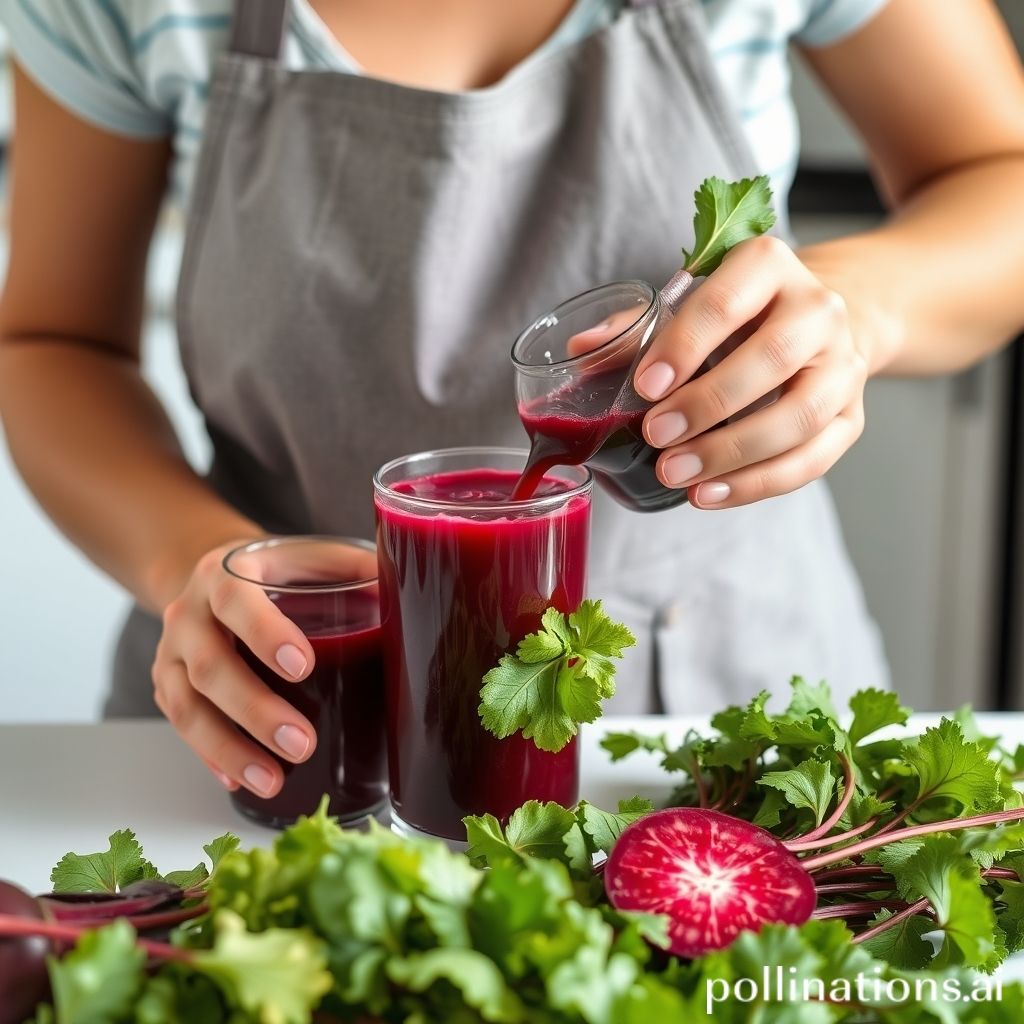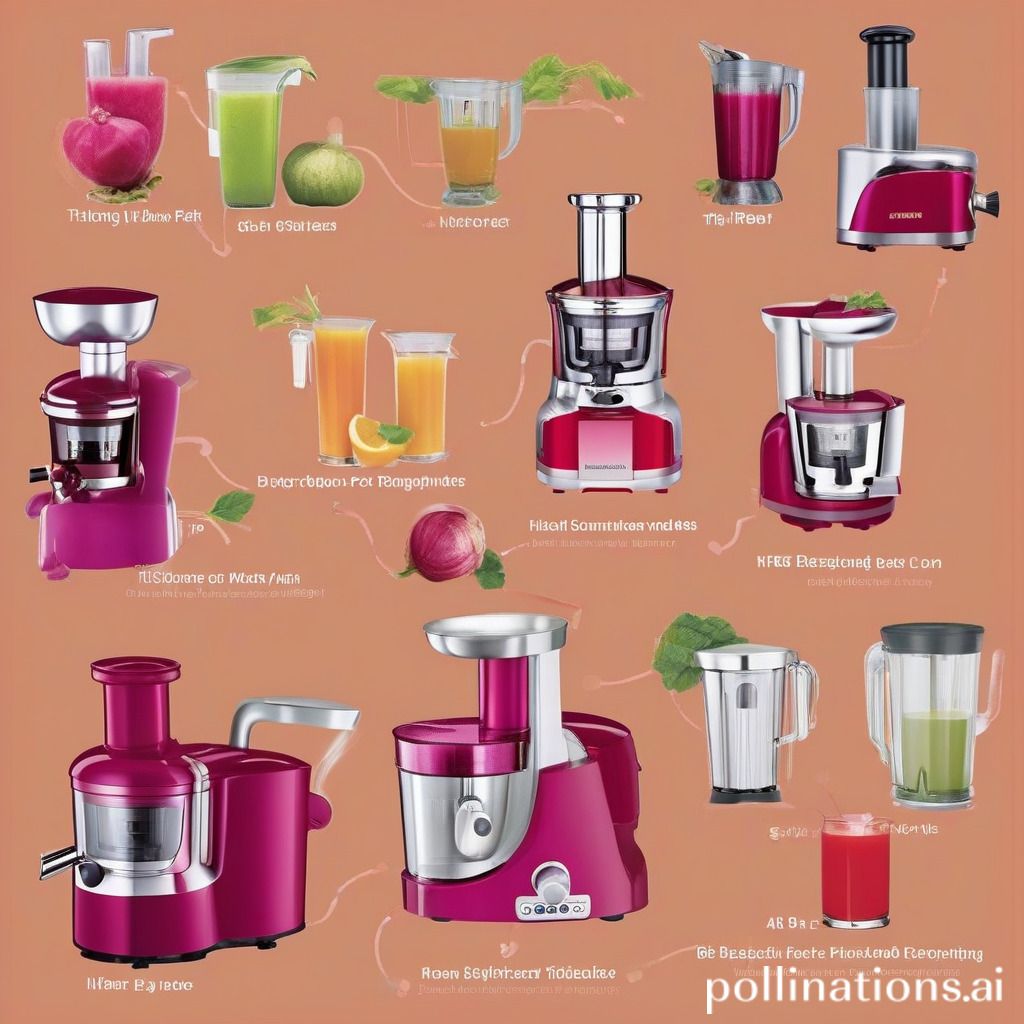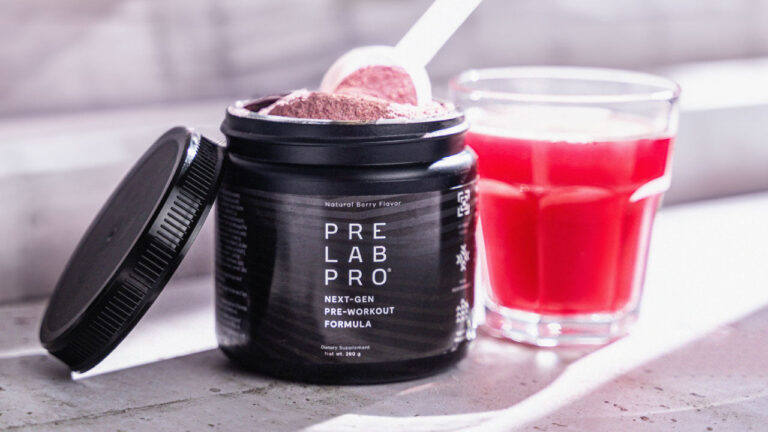How To Make Fresh Beet Juice?
[su_note note_color=”#fb8e00″ text_color=”#000000″ radius=”12″]
Sure, you may have come across various guides on juicing, but if you’re specifically curious about how to make fresh beet juice, look no further. This comprehensive guide will walk you through the step-by-step process of juicing beets, ensuring that you can effortlessly whip up a delicious and nutritious beverage.
From selecting the perfect beets to extracting their vibrant juice, we’ll cover it all. So, if you’re ready to dive into the world of beet juicing and experience its numerous health benefits, let’s get started!
[su_box title=”
[/su_box]

Gathering the ingredients
1. Fresh beets
When making fresh beet juice, the first step is to gather fresh beets. Look for firm, smooth beets with vibrant colors. Choose beets that are free from blemishes or soft spots. It is preferable to use organic beets to avoid any potential pesticide residue.
Beets come in different varieties, such as red, golden, or striped. You can choose any variety based on your preference. Keep in mind that different varieties may have slight variations in taste and color.
Determine the number of beets you’ll need based on the amount of juice you want to make. On average, one medium-sized beet can yield about 1/2 to 1 cup of juice. Adjust the quantity of beets accordingly.
2. Additional ingredients (optional)
In the course of beet juice can be enjoyed on its own, you may choose to enhance the flavor or nutritional value by adding optional ingredients. Some popular additions include:
- Carrots: Adding carrots to your beet juice can add a touch of sweetness and provide additional nutrients like vitamin A and antioxidants.
- Ginger: Adding a small piece of fresh ginger can give your beet juice a refreshing kick and provide potential health benefits, including anti-inflammatory properties.
- Lemon: Squeezing a lemon into your beet juice can add a citrusy tang and boost the juice’s vitamin C content.
Feel free to experiment with other fruits or vegetables to create your own unique flavor combinations.
3. Properly washing the beets
Before juicing the beets, it’s important to wash them properly to remove any dirt or debris. Start by gently scrubbing the beets under cool running water using a vegetable brush or your hands.
Pay special attention to the root end and any crevices where dirt may be trapped. Trim off any remaining beet greens, as they are not typically used in juicing.
Once the beets are thoroughly cleaned, pat them dry with a clean towel or paper towel. Now your beets are ready to be juiced!
[su_highlight background=”#f6b40f”]Expert Tips:
1. Choose fresh beets with vibrant colors and no blemishes.
2. Enhance your beet juice with carrots, ginger, or lemon.
3. Properly wash beets to remove dirt and trim off the greens.[/su_highlight]
Preparing the Beets
1. Trimming and Peeling the Beets
Before juicing the beets, it is important to properly trim and peel them. Start by removing the leafy greens attached to the beets, as they are not typically used in juicing. Then, use a sharp knife or a vegetable peeler to carefully peel off the outer skin of the beets. This step is necessary because the skin can be tough and may affect the texture of the juice.
2. Cutting the Beets into Smaller Pieces
Once the beets are peeled, it is time to cut them into smaller, more manageable pieces. This will make the juicing process easier and ensure that the beets are properly processed in the juicer. You can cut the beets into cubes or slices, depending on your preference. Albeit, it is recommended to keep the pieces relatively small to avoid any difficulties during juicing.
3. Removing Any Tough or Fibrous Parts
Before adding the beets to the juicer, take a moment to inspect them for any tough or fibrous parts. These parts can affect the texture and taste of the juice. If you come across any such parts, simply remove them using a knife or your fingers. It is important to ensure that only the tender parts of the beets are used for juicing, resulting in a smooth and delicious beet juice.
Incorporating these preparation steps into your beet juice-making routine will help you create a fresh and healthy beverage. By trimming and peeling the beets, cutting them into smaller pieces, and removing any tough or fibrous parts, you will have a smooth and enjoyable beet juice to savor.
| Benefits of Fresh Beet Juice |
|---|
| – Rich in antioxidants and vitamins |
| – Boosts energy levels |
| – Supports cardiovascular health |
| – Promotes healthy digestion |
Choosing a Juicer
1. Different types of juicers available
Relating to choosing a juicer for making fresh beet juice, it is important to understand the different types available in the market. Each type of juicer has its own advantages and disadvantages, so it is crucial to select the one that suits your needs:
- Centrifugal Juicers: These juicers extract juice from the beets by using high-speed spinning blades. They are generally more affordable and faster than other types of juicers, but they may not extract as much juice and can be less efficient.
- Masticating Juicers: Also known as slow juicers, masticating juicers operate at a slower speed to crush the beets and extract juice. They are known for their high juice yield and ability to preserve more nutrients, but they can be more expensive.
- Citrus Juicers: If you primarily want to juice citrus fruits like oranges or lemons along with beets, a citrus juicer can be a suitable option. These juicers are specifically designed for citrus fruits and may not be ideal for juicing other types of produce.
2. Selecting the best juicer for beet juice extraction
When choosing a juicer specifically for beet juice extraction, there are a few factors to consider:
- Juice Yield: Choose a juicer that can extract a high yield of juice from the beets to make the most out of your ingredients.
- Nutrient Preservation: Look for a juicer that operates at a low speed to minimize heat and oxidation, preserving the nutrients in the beet juice.
- Ease of Cleaning: Consider a juicer with parts that are easy to disassemble and clean, as beet juice can stain and leave residue.
- Budget: Determine your budget and choose a juicer that offers the best value for money During meeting your requirements.
3. Tips for using a juicer effectively
To ensure optimal results when juicing beets, follow these tips:
- Preparation: Thoroughly wash and scrub the beets before juicing to remove any dirt or impurities.
- Cutting: Cut the beets into smaller pieces to easily fit into the juicer’s feeding chute.
- Layering: Alternate between juicing the beets and other fruits or vegetables to improve juice extraction and avoid clogging.
- Cleaning: Clean the juicer immediately after use to prevent stains and residue from becoming difficult to remove.

How to Make Fresh Beet Juice
Beet juice is a refreshing and nutritious beverage that you can easily make at home. By upholding these step-by-step instructions, you can enjoy a glass of freshly extracted beet juice in no time.
Juicing the Beets
Once you have set up your juicer and prepared the beet pieces, it’s time to start the juicing process. Follow these steps to extract the delicious juice from the beets:
1. Setting up the juicer
Before you begin, make sure your juicer is clean and ready to use. Place a glass or container under the juicer’s spout to collect the beet juice.
| Information |
|---|
| Make sure your juicer is clean and ready to use. |
| Place a glass or container under the juicer’s spout. |
2. Feeding the beet pieces into the juicer
Take a handful of beet pieces and feed them into the juicer’s feeding tube. Use the pusher tool to guide the beets down into the juicer. Continue adding more beet pieces until you have juiced all of them.
| Information |
|---|
| Take a handful of beet pieces and feed them into the juicer’s feeding tube. |
| Use the pusher tool to guide the beets down into the juicer. |
3. Collecting the freshly extracted beet juice
As the beets are juiced, the vibrant red liquid will flow out of the juicer’s spout and into the glass or container below. Allow the juicer to extract all the juice from the beets and make sure you collect every last drop.
| Information |
|---|
| Let the juicer extract all the juice from the beets. |
| Make sure you collect every last drop of the freshly extracted beet juice. |
Once you have collected all the beet juice, give it a gentle stir to ensure it is well mixed. You can serve it immediately or refrigerate it for later use. Enjoy the refreshing taste and numerous health benefits of your homemade fresh beet juice!
[su_note note_color=”#ea2e0c” text_color=”#ffffff” radius=”8″]Extra Tips: Add a squeeze of lemon or a splash of ginger to enhance the flavor of your fresh beet juice.[/su_note]
Enhancing the Flavor of Fresh Beet Juice
1. Adding Other Fruits or Vegetables to the Juice (Optional)
To make your fresh beet juice more flavorful, you can add other fruits or vegetables to the mix. This not only enhances the taste but also increases the nutritional value of the juice. Here are some ideas:
- Berries: You can add a handful of fresh berries like strawberries, blueberries, or raspberries to your beet juice. They will bring a delightful sweetness and antioxidant properties to the mix.
- Apples: Cut a juicy apple into chunks and include it in your juicer along with the beets. Apples provide natural sweetness and help balance the earthy taste of beets.
- Carrots: Carrots are another great addition that complements the flavor of beets. They add a touch of sweetness and a vibrant orange color to the juice.
- Ginger: For a spicy kick, you can include a small piece of fresh ginger in your beet juice. Ginger adds warmth and depth to the flavor profile.
2. Experimenting with Different Combinations for Taste Variation
If you want to explore different flavor profiles and customize your beet juice according to your taste preferences, feel free to experiment with various combinations. Here are some ideas to get you started:
| Combination | Taste Description |
|---|---|
| Beets + Pineapple + Mint | A refreshing and tropical blend with a hint of coolness from the mint. |
| Beets + Spinach + Lemon + Cucumber | A vibrant and citrusy mix with the freshness of cucumber and the earthiness of spinach. |
| Beets + Oranges + Turmeric | A zesty combination with a touch of warmth from the turmeric. |
Remember, the key is to experiment and find combinations that appeal to your taste buds. Don’t be afraid to get creative and try different fruits, vegetables, and herbs to enhance the flavor of your fresh beet juice. Enjoy the process of discovering your favorite concoctions!
Conclusion
Enjoy the satisfaction of indulging in homemade fresh beet juice and reap the numerous health benefits it offers. By embracing the simple step-by-step instructions, you can effortlessly incorporate this vibrant and nutritious beverage into your daily routine.
Make beet juice a regular part of your healthy diet and enjoy its refreshing taste and numerous health-boosting properties. Cheers to your well-being!
Frequently Asked Questions about Making Fresh Beet Juice
FAQ 1: Can I use canned beets for juicing?
No, it is recommended to use fresh beets for juicing instead of canned beets. Fresh beets provide better nutritional value and flavor for your beet juice.
FAQ 2: How long can I store fresh beet juice?
Fresh beet juice can be stored in the refrigerator for up to 3-4 days. It is important to keep it in an airtight container to maintain its freshness and prevent spoilage.
FAQ 3: Can I drink beet juice every day?
Yes, you can drink beet juice every day. In contrast, it is advisable to start with smaller quantities and gradually increase the intake to avoid any digestive discomfort. Consulting with a healthcare professional is recommended for individuals with specific health conditions.
FAQ 4: Are there any side effects of consuming beet juice?
In the course of beet juice is generally safe for consumption, some individuals may experience temporary side effects such as an upset stomach, diarrhea, or a change in urine color. These effects are usually harmless and disappear on their own. If any severe or persistent side effects occur, it is recommended to consult a healthcare professional.
FAQ 5: Can beet juice help with athletic performance?
Yes, beet juice has been shown to improve athletic performance due to its high nitrate content. Nitrate is converted into nitric oxide in the body, which helps enhance blood flow and oxygen delivery to the muscles. This can result in increased endurance and improved exercise performance. In contrast, individual results may vary, and it is advisable to consult with a healthcare professional before making any significant changes to your diet or exercise routine.
Read Similar Post:
1. When to Drink Beetroot and Carrot Juice: Maximizing Health Benefits
2. Improve the Taste of Beet Juice: Tips and Tricks for a More Enjoyable Drink

